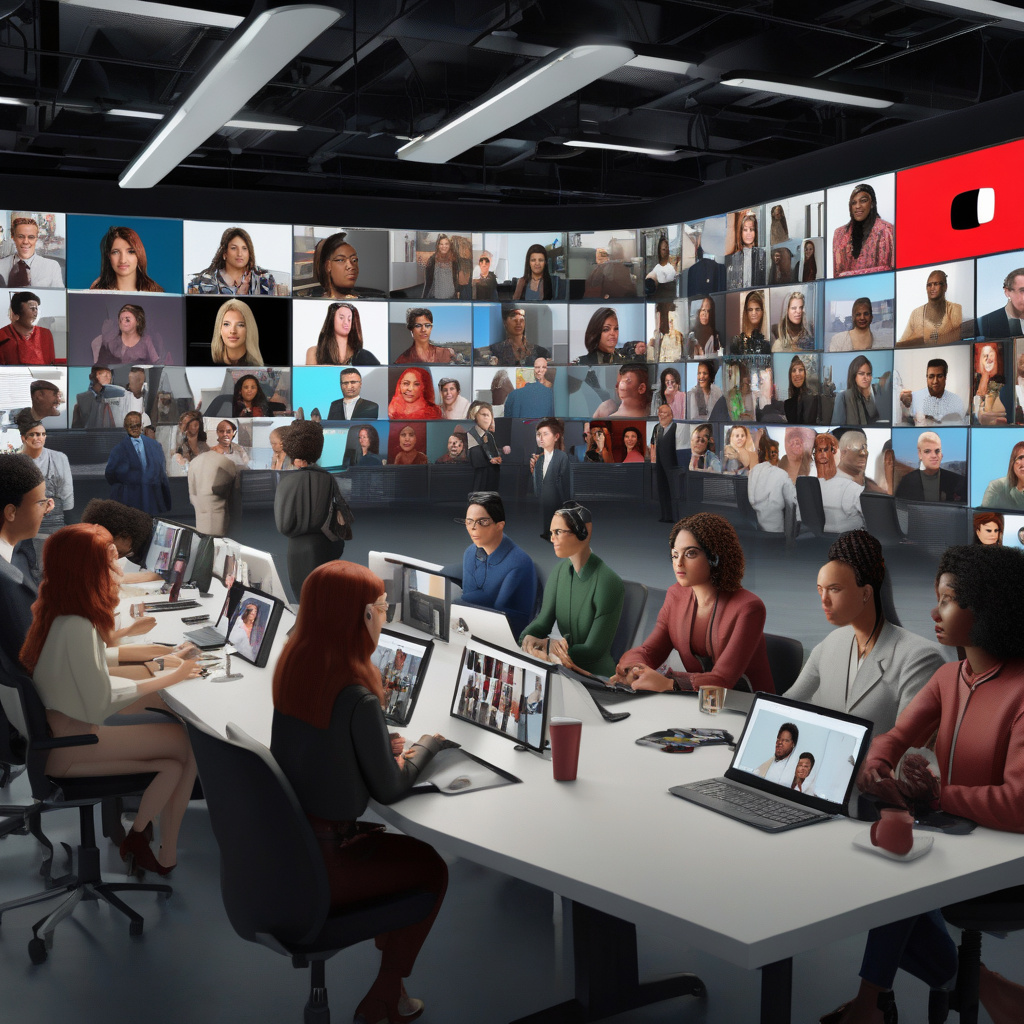The Impact of Virtual Influencers on YouTube: A New Era of Engagement
In the ever-changing landscape of digital marketing, virtual influencers have been making waves across various social media platforms. YouTube, being one of the leading platforms for content creators, has recently published new insights into the rise of virtual influencers and their significant impact on audience engagement.
Digitally-created characters, also known as virtual influencers, are computer-generated personalities that have been gaining traction in the world of social media. These virtual influencers are not limited by physical boundaries or human limitations, allowing for endless possibilities in terms of creativity and content.
YouTube has reported that virtual influencers are driving substantial engagement on the platform. Their unique and often fantastical personas capture the attention of viewers, leading to increased watch time, likes, comments, and shares. This surge in engagement highlights the growing appeal of virtual influencers and their ability to connect with audiences in a meaningful way.
One of the key reasons behind the success of virtual influencers is their ability to resonate with younger audiences. Generation Z, in particular, has shown a strong affinity for these digital personalities, viewing them as relatable and aspirational figures. Virtual influencers often embody ideals of perfection and represent a lifestyle that is both desirable and unattainable, creating a sense of FOMO (fear of missing out) among viewers.
Moreover, virtual influencers offer brands a new and innovative way to reach their target audience. By partnering with virtual influencers, brands can leverage their vast reach and influence to promote products and services in a more authentic and engaging manner. Virtual influencers can seamlessly integrate branded content into their videos, making it feel organic and natural to their audience.
For example, Lil Miquela, one of the most well-known virtual influencers, has collaborated with various brands across different industries, including fashion, beauty, and technology. Her partnerships have been met with great success, driving brand awareness, engagement, and ultimately, conversions.
The rise of virtual influencers on YouTube signals a shift in the way brands and content creators approach influencer marketing. As virtual influencers continue to gain popularity and influence, it is essential for brands to adapt their strategies to include these digital personalities in their marketing campaigns.
In conclusion, the emergence of virtual influencers on YouTube has opened up new opportunities for brands to connect with their target audience in a more engaging and innovative way. By leveraging the power of virtual influencers, brands can create authentic and compelling content that resonates with viewers on a deeper level, ultimately driving brand awareness and loyalty in the digital age.
virtual influencers, YouTube, engagement, digital marketing, social media
